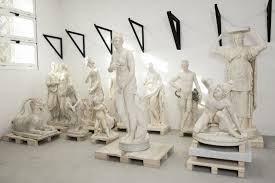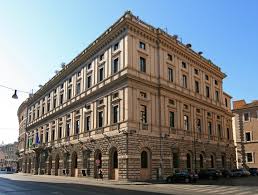Italy: Rome to unveil Torlonia Marbles at long last

Time: The legendary Torlonia Collection, considered by many as the world’s most important private collection of ancient marble sculptures, will at long last go on public display in Rome.
The much-anticipated exhibition, which along with the Raphael blockbuster was billed as the show of the year, was originally due to launch on 4 April but the opening was called off due to the covid-19 crisis.
Finally however we have new dates for the exhibition: 25 September until 27 June 2021.

Palazzo Caffarelli at the city’s Capitoline Museums will display 96 pieces from the priceless collection of 620 ancient sculptures in the exhibition The Torlonia Marbles: Collecting Masterpieces.
The revered “collection of collections”, which comprises marble, bronze and alabaster statues, busts, bas-reliefs and sarcophagi dating to the ancient Roman era – amassed between the 15th- and 19th centuries – will come to light after being largely hidden away for 70 years.
Torlonia Museum; The former Museo Torlonia opened in 1875 on Via della Lungara in Rome’s Trastevere quarter, however in the post-war period access to the palace’s 77 rooms was granted only occasionally to experts or visiting dignitaries.
In 1976 the museum closed definitively, to make way for luxury apartments, and the priceless collection was moved to the basement of another private Roman palace owned by the aristocratic Torlonia family.
For more than four decades the collection has been kept in storage, despite attempts by successive governments to persuade the noble family to either sell or display the works in public.
Collection to see the light of day: Now, thanks to several years of talks between Italy’s culture minister Dario Franceschini and the Torlonia Foundation – the organisation that administers the family’s assets – some of the collection’s most important marble and alabaster works will go on public display in Italy, before travelling abroad.

The works have been restored in a project financed by luxury jeweller Bvlgari, and there are reportedly plans in place to find a venue in Rome in which to display the collection to the public on a permanent basis.





